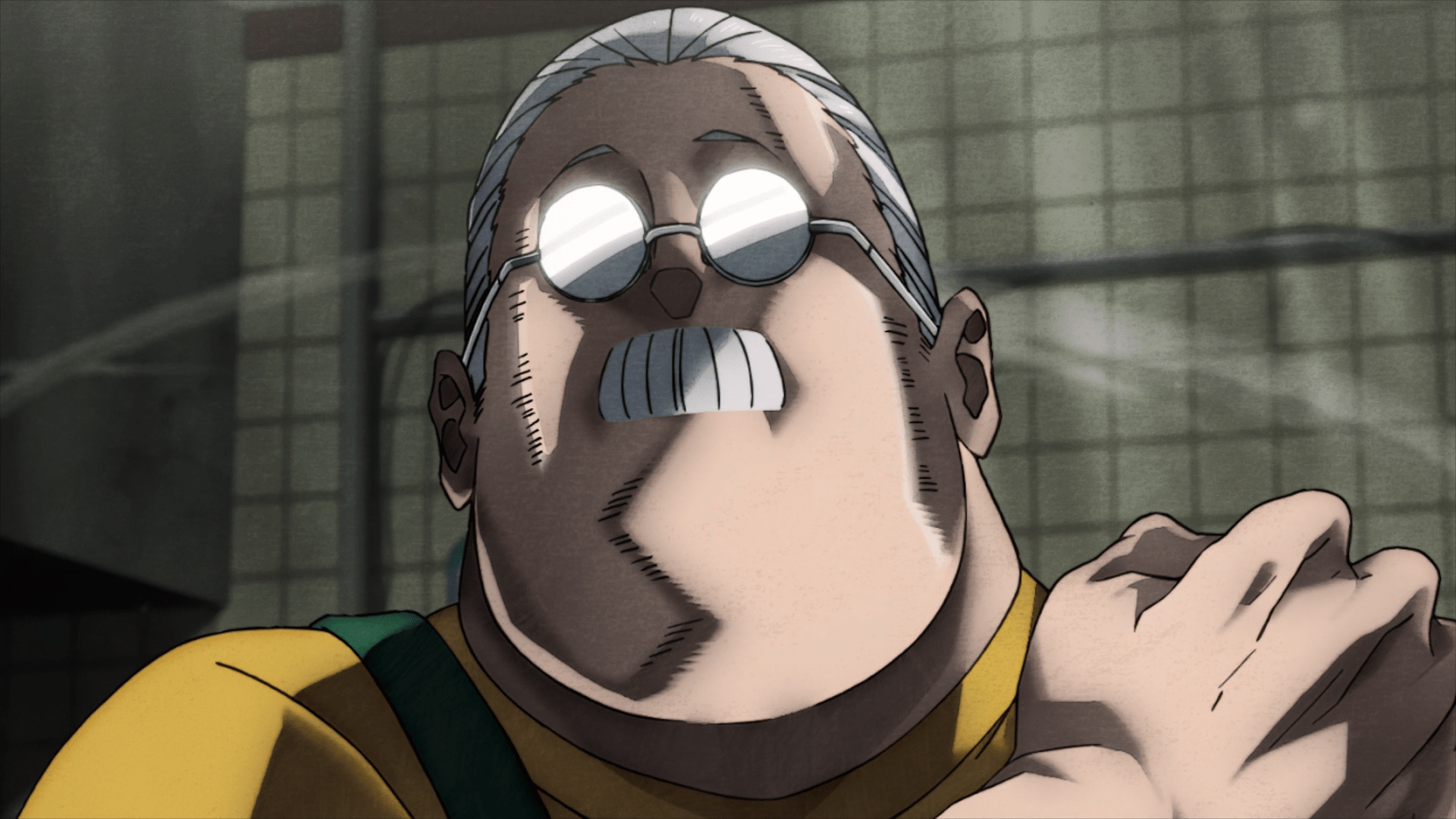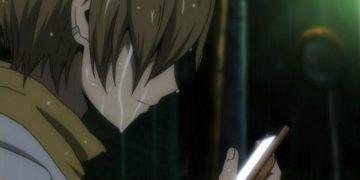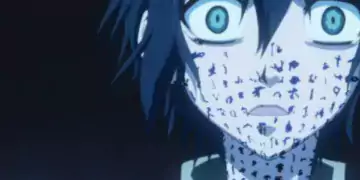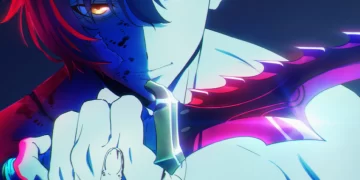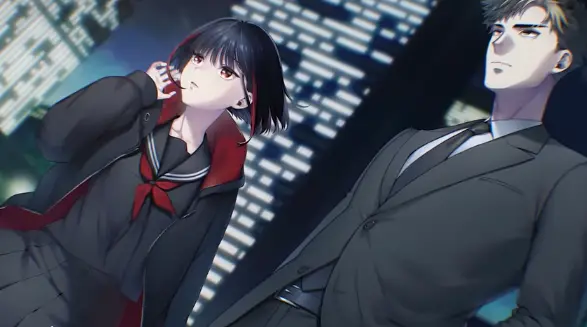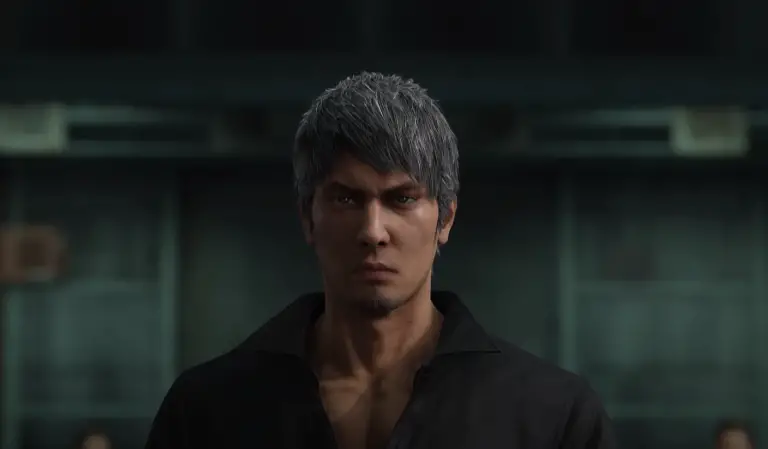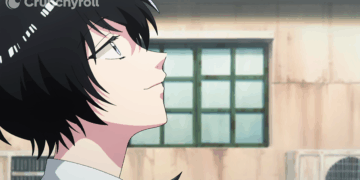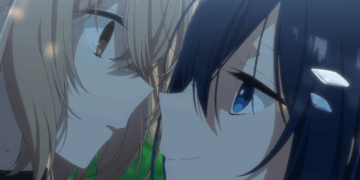Lupin the IIIrd Director Takeshi Koike on His 10-Year Journey with Lupin
The latest installment in the acclaimed Lupin the IIIrd theatrical film series, Lupin the IIIrd the Movie: Fujimi no Ketsuzoku (The Immortal Bloodline), premiered in Japan on June 27, 2024. Directed by visionary filmmaker Takeshi Koike, this film marks a significant culmination of a creative journey spanning over a decade. During its international screening at Japan Expo Paris in July, Crunchyroll had the opportunity to sit down with Koike to discuss his long-standing role in the franchise, the evolution of the Lupin characters, and the future direction of the series.
Returning to the Roots: Lupin Takes Center Stage in The Immortal Bloodline
In Lupin the IIIrd the Movie: Fujimi no Ketsuzoku, Koike brings the beloved character of Lupin III back into the spotlight as the film’s true protagonist. While his previous works in the Lupin the IIIrd subseries—Jigen’s Gravestone, Goemon’s Blood Spray, and Fujiko’s Lie—focused individually on Lupin’s key allies, this latest film serves as a narrative convergence, directly tying into the identity and legacy of the master thief himself.
“From the beginning, I envisioned these films to be connected,” explains Koike. “It wasn’t until after Fujiko’s Lie that I made the decision to officially interlink these entries through the narrative involving Mamo.”
The Legacy of Mamo and the Return to the 1978 Classic
A significant highlight of The Immortal Bloodline is the reintroduction of the character Mamo, a recurring figure in Lupin lore best known from the 1978 film The Mystery of Mamo. This decision underscores Koike’s commitment to honoring the early roots of the franchise while expanding its mythology.
“Including Mamo was a deliberate choice,” says Koike. “He first appeared briefly at the end of Jigen’s Gravestone, hinting at his larger role. In this newest film, I wanted to directly connect everything back to The Mystery of Mamo to bring long-standing elements full circle.”
The Creative Team Behind The Immortal Bloodline
Staff and Studio: The film was produced by the animation studio TMS Entertainment, which has been the long-standing home for the Lupin franchise. Takeshi Koike, also known for directing Redline, returned to helm this action thriller with his distinct visual flair.
The screenplay was written by Yuya Takahashi, whose previous credits include Lupin the 3rd Part IV. The pulse-pounding soundtrack was composed by James Shimoji, also known for his work on Redline, further strengthening the dynamic audiovisual tone of the film. Long-time collaborator Katsuhito Ishii served as the creative advisor, contributing to the film’s coherent style and thematic depth.
Challenging Narrative and Visual Storytelling
Koike revealed that crafting the intricate plot while maintaining clarity was one of the film’s greatest challenges. “It was difficult to effectively convey the twist—revealing that the island setting was in fact Mamo’s body—and balancing that with the action and character dynamics,” the director notes.
The film’s design choices also required finesse. The updated character designs, while nostalgic, presented a modern reinterpretation distinct from other recent adaptations like Lupin III: The First. “There are subtle design nuances between the films, but I hope viewers see these changes as an evolution,” Koike says. “I wasn’t too concerned about reactions, because the consistency in my work is intentional and rooted in my 10-plus years with the character.”
Filling in the Gaps: Special Episode Bridges the Films
A special episode titled Zenigata to Futari no Lupin (“Zenigata and the Two Lupins”) serves as a direct prequel to The Immortal Bloodline. Though not yet released internationally, Koike confirmed that the episode takes place between Fujiko’s Lie and the latest film, and introduces key narrative developments that lead the cast to the island where the film unfolds. This bridge episode underscores the tightly woven storyline across Koike’s entries in the Lupin the IIIrd arc.
Looking Back on 12 Years with Lupin the IIIrd
Reflecting on his long involvement with the franchise, Koike shared his personal connection to the Lupin legacy. “Episodes 2 and 9 from the original 1971 TV anime have stayed with me the most,” he says. “Among my colleagues in animation—directors and animators alike—Lupin is a cherished figure. Everyone has a personal interpretation of him.”
Koike expressed gratitude for the opportunity to contribute to this legacy. “Working on Lupin for over 12 years has brought me immense fulfillment. It’s been a rare and rewarding experience.”
The Future of Lupin III and Koike’s Role
While The Immortal Bloodline could mark the end of Koike’s direct involvement with Lupin III, the director is enthusiastic about the franchise’s future. “I’d like to enjoy Lupin’s next adventure both as a fan and a creator,” Koike reflects. “It’s a character that lends itself to endless reinterpretation, and I would love to see what other talents bring to the table. But if I have to choose one side, I’d be happy to simply watch his next heist as a fan.”
Official Release and Availability
Lupin the IIIrd the Movie: Fujimi no Ketsuzoku was officially released in theaters across Japan on June 27, 2024. The film also made an international debut during the Japan Expo Paris. Although official international streaming or home video release dates have not yet been announced, fans can expect future availability on platforms that have previously distributed Lupin content, such as Crunchyroll and Discotek Media, pending licensing confirmation.
As readers and viewers await further announcements, The Immortal Bloodline stands as both a thrilling chapter in the Lupin the IIIrd film series and a tribute to Takeshi Koike’s remarkable contribution to one of anime’s most iconic franchises.



